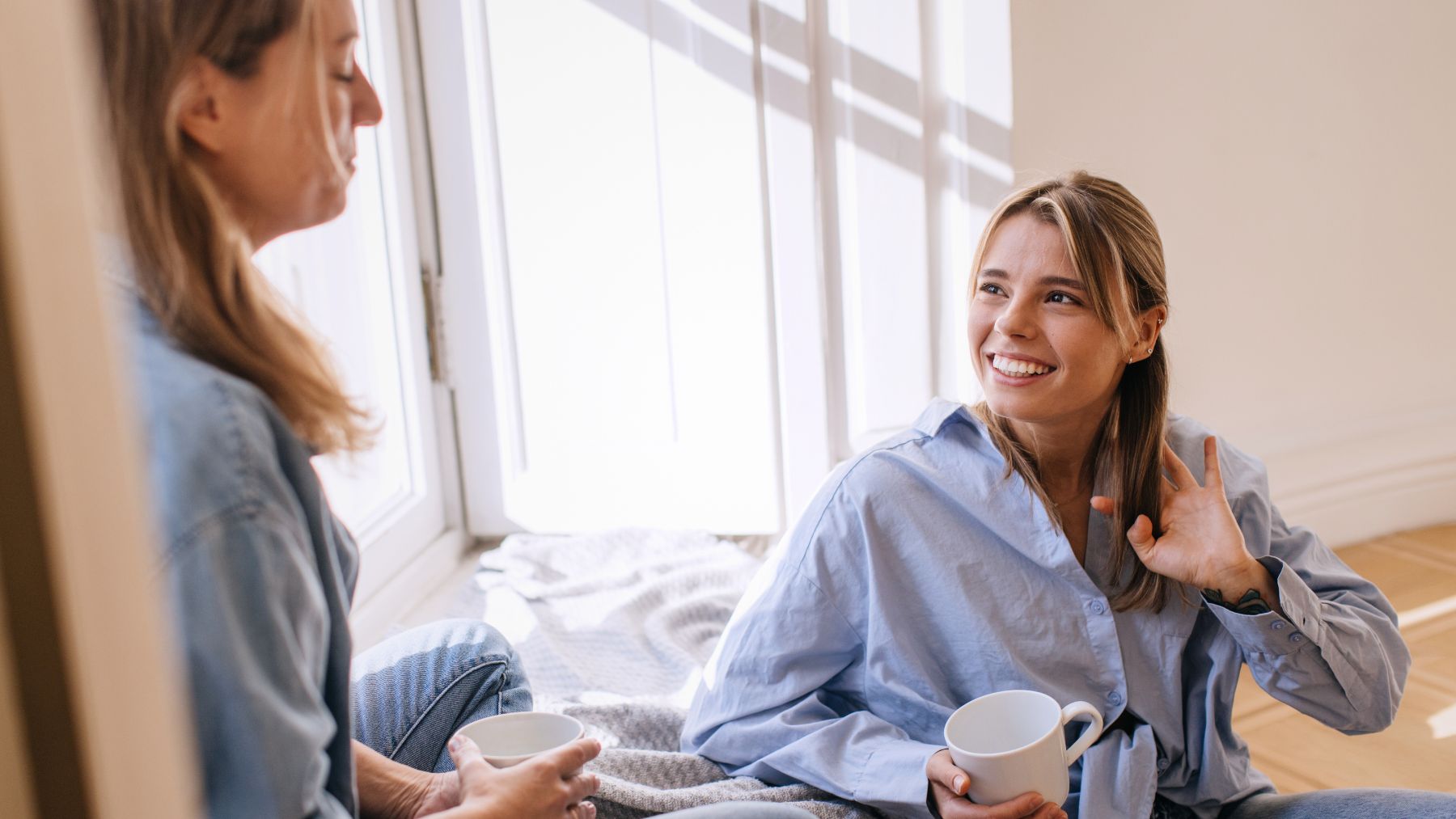Body language often says more than words. When someone is at ease, their gestures reflect it in subtle but telling ways. One of the clearest signs of comfort involves what people do with their hands, particularly if they rest them openly and in a relaxed way over a surface.
According to communication experts, the way a person places their hands can reveal how authentic and safe they feel in the moment. It’s a gesture that’s hard to fake and easy to notice once you know what to look for. In this article, we’ll explore the meaning behind this specific signal and what other nonverbal cues also show when someone truly feels comfortable and at ease.
The gesture of resting hands on the table
When someone rests their hands lightly on a table, palms down and fingers relaxed, it’s usually a sign they’re comfortable and open. This simple posture communicates an unspoken “I’m fine here” message. In contrast, pressing the hands down firmly may come across as defensive or as an attempt to assert honesty, almost like saying, “I didn’t do it.”
Joe Navarro, a former FBI agent and expert in nonverbal communication, has noted that people who are lying rarely manage to rest their hands flat on the table in a natural way. The confidence required to display this gesture is difficult to fake. That’s why noticing hand placement can give you a clue about whether someone feels truly at ease or is holding something back.
You can also use this gesture yourself to appear more authentic. Placing your hands palm down, fingers spread slightly, signals steadiness and sincerity. It’s a small adjustment that can make interactions feel more genuine.
Other gestures that may show comfort
Hand placement isn’t the only signal worth paying attention to. There are several other nonverbal cues that often reveal whether someone feels comfortable in your presence.
- Leaning slightly forward: When someone angles their body toward you, it shows engagement and interest. A relaxed forward lean often signals trust.
- Open arm positions: Crossing arms tightly across the chest can indicate discomfort. Arms resting loosely by the side or on the armrest suggest ease.
- Genuine smiles: A true smile reaches the eyes. Crow’s feet or slight squinting are signs that the smile is real, not forced.
- Relaxed shoulders: Shoulders that drop naturally instead of staying tense around the ears are a good indicator of comfort.
- Steady eye contact: Looking at you without staring too intently or glancing away constantly signals a balance of comfort and respect.
- Feet pointing toward you: Subconsciously, people often direct their feet where they want to be. If they’re angled your way, it’s a positive sign.
Together, these cues create a fuller picture of someone’s comfort level. While no single gesture tells the whole story, hand placement combined with other relaxed signals can help you better understand how someone feels around you.
Reading body language is less about catching lies and more about noticing authenticity. A hand resting lightly on the table, paired with other open and relaxed gestures, usually means someone feels safe, comfortable, and genuine in your presence.
